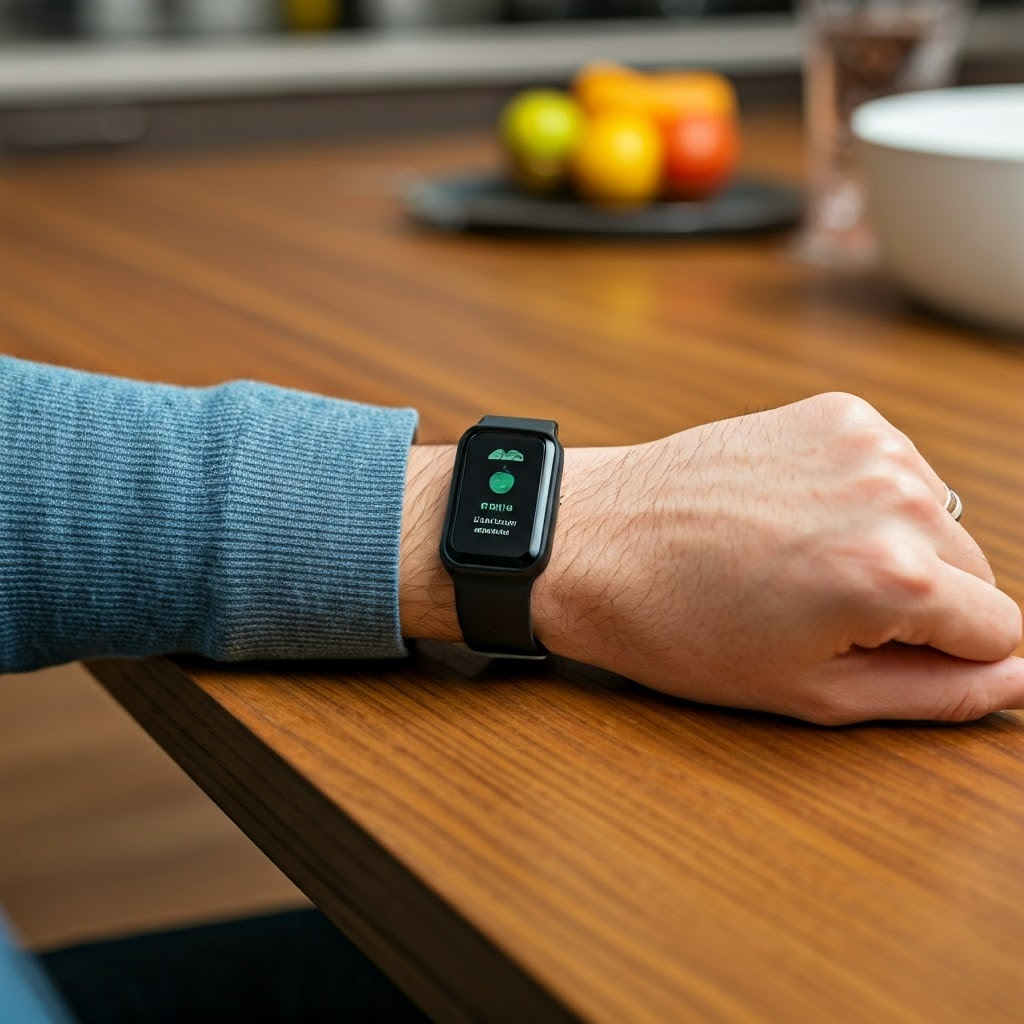
This article explores the most cost-effective glucose-monitoring smartwatches available in 2025, focusing on their features, accuracy, and user experience. We’ll also examine how these wearables integrate with broader wellness ecosystems and discuss key considerations for prospective buyers. Emphasis is placed on devices under £300 that balance performance with affordability, ensuring accessibility for diverse budgets.
The evolution of glucose-monitoring smartwatches represents a significant leap in personal health technology. These devices now offer real-time tracking, trend analysis, and user-friendly interfaces while maintaining budget-friendly price points. Manufacturers have prioritised miniaturisation of sensors and improved battery efficiency, enabling all-day use without frequent charging. As competition grows, brands are incorporating machine learning to refine accuracy and reduce calibration needs, making these tools more practical for everyday wellness management.
How Modern Wearables Track Glucose Levels
Current-generation smartwatches employ advanced optical sensors that analyse interstitial fluid beneath the skin’s surface. By measuring light absorption patterns at specific wavelengths, algorithms estimate glucose concentrations. While not medical-grade, these readings provide valuable trend data when paired with lifestyle logging features. Most 2025 models include motion correction technology to minimise errors during physical activity.
Key Features to Evaluate
Sensor Accuracy: Look for devices validated through third-party studies or user trials. Consistency across different skin tones and environmental conditions is crucial.
Battery Life: Optimal models last 4-7 days on a single charge, even with continuous monitoring enabled.
App Ecosystem: Companion apps should offer intuitive dashboards, exportable reports, and integration with popular fitness platforms.
Comfort: Lightweight designs (under 50g) with hypoallergenic materials prevent skin irritation during extended wear.
Top Affordable Models of 2025
| Model | Battery Life | Water Resistance | Compatibility | |
|---|---|---|---|---|
| Fitbit GlucoCheck 3 | 6 days | 5ATM | Android/iOS | |
| Samsung Galaxy Watch Gluco | 4 days | IP68 | Android | |
| Amazfit BalanceTrack | 7 days | 5ATM | Android/iOS | |
| Huawei Watch GT Gluco | 5 days | IP68 | Android/iOS | |
| Garmin VivoGluco 2 | 4 days | 5ATM | Android/iOS |
Future Trends in Wearable Health Tech
Industry analysts predict increased adoption of multi-wavelength sensors that improve measurement stability. By late 2025, several manufacturers plan to introduce AI-powered predictive alerts that notify users of potential glucose fluctuations based on activity and diet patterns. Additionally, expanded partnerships with wellness platforms will enable more holistic health insights through data correlation.
